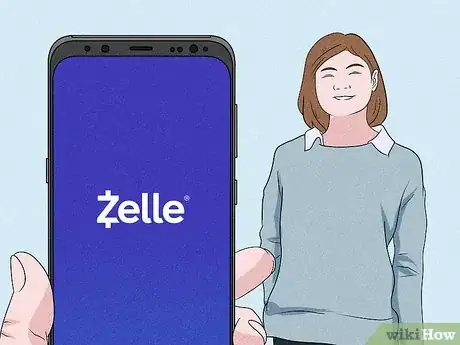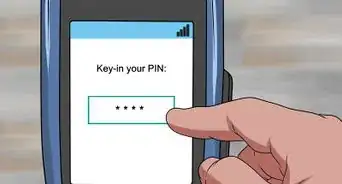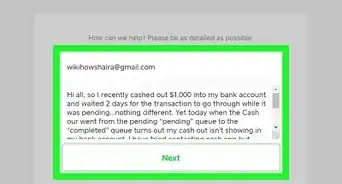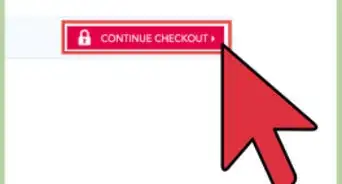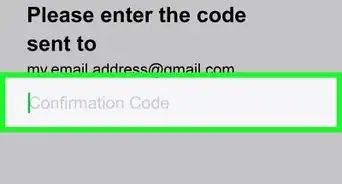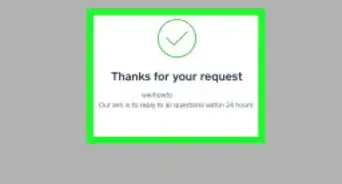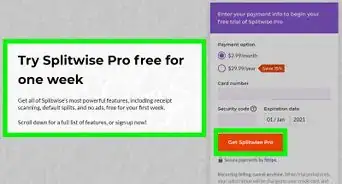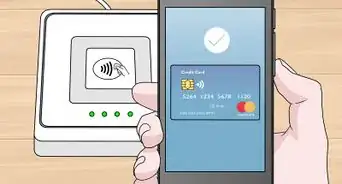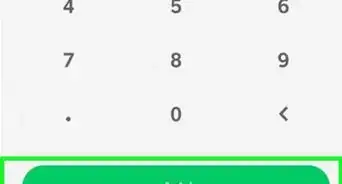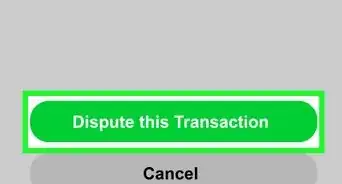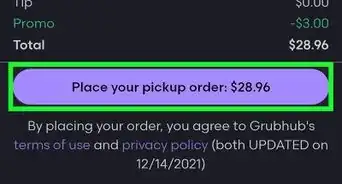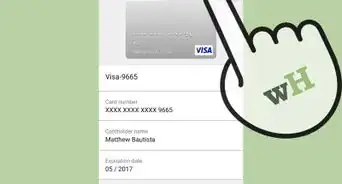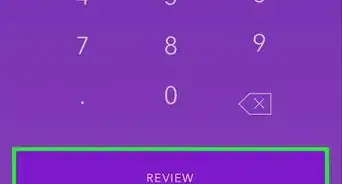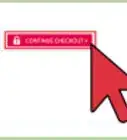This article was co-authored by Eric Wester. Eric Wester is the Operations Payment Managing Officer at MidWestOne Bank in Iowa. He has worked in the electronic payments industry for 14 years and has expertise in ACH payment operations. He earned his Bachelor’s Degree in Business Administration at the University of Wisconsin – Stout in 2012, and he is an Accredited ACH Professional (AAP).
This article has been viewed 31,449 times.
Zelle is a digital payments network that enables users to send, receive, and request money to or from people they know and trust within minutes.[1] Due to the nature of Zelle's near real-time payment service, people can often be targeted by scammers in an attempt to trick you into sending a fraudster money. How can you avoid scams and safely make payments? We'll walk you through the best tips to prevent fraud and send money securely on Zelle.
Steps
Making Payments the Safe and Smart Way
-
1Use Zelle to pay close friends, family, or other people that you know and trust. Zelle offers a very convenient way to send money to people that you trust in near real-time, with payments usually transferring within minutes.[2]EXPERT TIPEric Wester is the Operations Payment Managing Officer at MidWestOne Bank in Iowa. He has worked in the electronic payments industry for 14 years and has expertise in ACH payment operations. He earned his Bachelor’s Degree in Business Administration at the University of Wisconsin – Stout in 2012, and he is an Accredited ACH Professional (AAP).Banking Professional

 Eric Wester
Eric Wester
Banking ProfessionalEric Wester, banking professional, advises: "Other people you may know and trust could include your neighbor, your child's babysitter, or a coworker. A good rule of thumb is to only send money to someone that you have met in person and would be comfortable handing cash to."
-
2Do not use Zelle to pay for goods or services if you do not personally know and trust the person selling what you are buying. Using Zelle to pay for items bought through Craigslist or online bidding and sales websites is highly discouraged, as these are places where scammers will often trick people into sending them money without actually delivering products.
- Remember, if you send money to someone for the purchase of goods, like concert tickets, and they don't deliver the tickets, you will be liable and your bank cannot recover the money for you.[3]
Understanding Zelle's Fraud Protection
-
1Understand that you are protected from unauthorized transfers made through Zelle. Regulation E, a consumer protection law, protects consumers from unauthorized electronic transactions, as long as they are reported in a timely manner.[4]
- It's important to recognize that, by definition, "unauthorized" means the transfer was initiated by a person other than the consumer and without actual authority to initiate the transfer.[5]
EXPERT TIPEric Wester is the Operations Payment Managing Officer at MidWestOne Bank in Iowa. He has worked in the electronic payments industry for 14 years and has expertise in ACH payment operations. He earned his Bachelor’s Degree in Business Administration at the University of Wisconsin – Stout in 2012, and he is an Accredited ACH Professional (AAP).Banking Professional
 Eric Wester
Eric Wester
Banking ProfessionalNot in the US? Banking professional Eric Wester clarifies: "Regulation E is a consumer protection law that protects consumers (not businesses) in the United States. Be sure to check consumer protection laws in your own country to determine what protections are in place."
-
2Understand that many banks offering Zelle have systems in place to help detect and prevent potentially fraudulent Zelle transfers.
- Common methods of detecting and preventing fraudulent transactions include ensuring neither the sender nor receiver of the funds is listed in OFAC's Specially Designated Nationals And Blocked Persons List, [6] and comparing the transfer against the sender's transaction history in order to detect anomalous behavior.
- If your bank detects the transfer may be fraudulent, they will usually block the transfer and may potentially freeze your account until they are able to speak with you to confirm whether or not you attempted to make the transfer.
-
3Understand that Zelle does not offer any additional fraud protection. Banks are required to provide consumers certain protections under Regulation E, but that protection is limited in scope and does not cover all types of fraud claims.
- You do not have fraud protection if you send money to someone in order to purchase goods or services, but then the seller never provides those goods or services.[7] Such disputes will have to be resolved between you and the seller directly, and your bank will not reimburse you the money that you sent.
-
4Report any unauthorized transactions to your bank immediately. Even if you are not sure whether your specific case will have any fraud protections, report any unauthorized Zelle transfers to your bank immediately after learning about the transfer.
- In order to avoid liability for certain unauthorized electronic transactions, you must report the fraud in a timely manner.
- Your bank will ask you questions about what happened in order to assist in their investigation. Be open, honest, and share all pertinent information in order to help your bank process your fraud claim in a timely manner.
Warnings
- Sending money through Zelle is like sending a wire transfer or giving someone cash. Once the transfer is made, you cannot change your mind and recall or recover the money.⧼thumbs_response⧽
References
- ↑ https://www.wellsfargo.com/financial-education/basic-finances/manage-money/payments/what-is-zelle/
- ↑ https://www.zellepay.com/support/im-unsure-about-using-zelle-to-pay-for-goods-or-services-from-someone-i-dont-know
- ↑ https://www.zellepay.com/support/im-unsure-about-using-zelle-to-pay-for-goods-or-services-from-someone-i-dont-know
- ↑ https://www.consumerfinance.gov/policy-compliance/rulemaking/regulations/1005/6/
- ↑ https://www.consumerfinance.gov/policy-compliance/rulemaking/regulations/1005/2/#i
- ↑ https://www.americanbanker.com/news/how-zelle-banks-combat-real-time-payment-fraud
- ↑ https://www.zellepay.com/support/im-unsure-about-using-zelle-to-pay-for-goods-or-services-from-someone-i-dont-know
